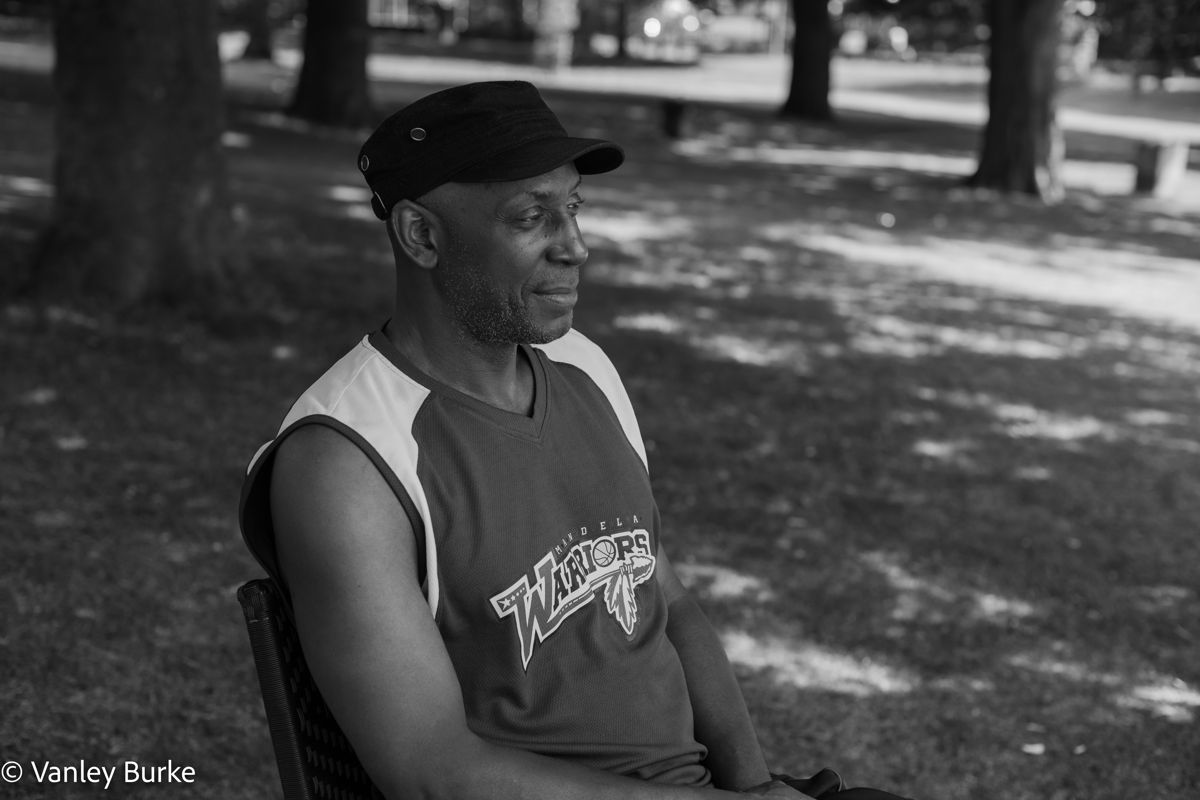The ‘Rebellion to Romance’ exhibition in Leeds showcases Vanley Burke’s powerful photographs of the West Indian community in the 1970s and 80s, highlighting the cultural significance of Potternewton Park as a social and cultural hub. This visual narrative, part of the Leeds Libraries archive, preserves the city’s diverse history and invites public participation to celebrate and honor this legacy.
What is the significance of the ‘Rebellion to Romance’ exhibition in Leeds?
The ‘Rebellion to Romance’ exhibition, featuring photographer Vanley Burke’s work, captures the essence of the West Indian community in Leeds during the 1970s and 80s. It highlights their cultural impact and the role of Potternewton Park as a social and cultural hub. The exhibition, part of the Leeds Libraries archive, preserves the city’s diverse history and invites the public to contribute to this legacy.
Libraries and Archives: A Glimpse into Leeds’ Cultural Tapestry
Leeds’ esteemed libraries not only house vast collections of literature but also serve as custodians of the city’s vibrant history. The partnership between the Jamaica Society Leeds and Leeds Libraries has led to the creation of a remarkable online gallery, showcased on the Leodis archive. This digital exhibit is a rich visual narrative, detailing the lives of second-generation West Indians in Leeds through photographs from the 1970s and 80s.
The visual anthology is more than a mere collection of images; it is a portal to the past, preserving the collective memory of a community. It includes both historic and contemporary portraits paired with personal recollections of growing up in the city. The significance of this endeavour cannot be overstated, as it amplifies the voices of those who have shaped, and continue to influence, the cultural landscape of Leeds.
In the words of Susan Pitter, the curator of the gallery, “Black communities are woven into the fabric of Leeds and yet we are underrepresented in the public archives. Without us, we do not see a true reflection of our city and its history.” Her statement underscores the importance of inclusive historical records and the acknowledgment of the multifaceted nature of Leeds’ heritage.
A Community’s Sanctuary: Potternewton Park
Potternewton Park, a vital social hub in Chapeltown, has long been a place of congregation, celebration, and resistance for the city’s young Black community. The park is more than a mere green space; it is a historical and cultural landmark where memories and identities were forged. The ‘Rebellion to Romance’ exhibition, a key element of the Jamaica Society Leeds Out of Many Festival, captured this essence through the lens of Vanley Burke, a photographer renowned for his contributions to Black British photography.
Burke’s photographs, each taken at Potternewton Park, serve as a vivid documentation of a generation’s connection to this special place. His work reveals the park as a theatre of life where people would gather for leisure on Sundays and participate in sports, dating, and the annual Carnival. His portrayal of the African Caribbean community’s presence in the park as a form of coping and resistance is particularly poignant. Burke explains, “This was where they went on Sundays, walked to and from school, played football, rounders and cricket, dated and, most importantly, celebrated their annual Carnival.”
Individual stories abound within the exhibition, from Joan Fishley, whose studio portrait reflects her family’s background in fashion, to Homer Harriott, who performed at the 1981 Rock Against Racism Carnival. Norman Francis, a youth basketball coach, recalls the vibrant sports scene: “I remember about 40 guys playing football in Potternewton Park with one ball and the girls up on the hill playing rounders.” These memories and images collectively highlight the park’s role as a centerpiece of community life.
The Legacy of the West Indian Community
The West Indian community in Leeds has indelibly contributed to the city’s social, civic, and cultural fabric. The ‘Rebellion to Romance’ exhibition explores the lives of young West Indian people in 1970s and 80s Leeds, highlighting how they navigated their Caribbean heritage and Black British identity. Attracting more than 25,000 visitors, including King Charles in 2022, the exhibition bridged generational divides and provided a platform for the city’s West Indian community to share their stories.
The addition of these photographs and memories to the Leodis archive is a laudable step towards preserving the history and contributions of a generation integral to Leeds’ narrative. Councillor Mary Harland, Leeds City Council’s executive member for communities, praises the effort, stating, “These fantastic images capture a series of important moments in time for a generation which has made a hugely important, and lasting contribution to life in Leeds.”
The Leodis archive, itself a treasure trove with over 70,000 photographs documenting Leeds’ history, is an ever-expanding record. It not only houses historical images but also encourages residents to share their photographs and memories, weaving a richer, more inclusive tapestry of the city’s past.
The public is invited to contribute to this dynamic record by sharing their own stories and memories, particularly from this pivotal period in Leeds’ history. To explore the gallery and its profound connection to Leeds’ community spirit, visit the Leodis archive at Leodis.
- The ‘Rebellion to Romance’ exhibition in Leeds showcases Vanley Burke’s powerful photographs of the West Indian community in the 1970s and 80s, highlighting the cultural significance of Potternewton Park.
- The exhibition is part of the Leeds Libraries archive, preserving the city’s diverse history and inviting public participation to celebrate and honor this legacy.
- Leeds Libraries partner with the Jamaica Society Leeds to create an online gallery that details the lives of second-generation West Indians in Leeds through photographs from the 1970s and 80s.
- Potternewton Park has been a vital social hub for Leeds’ young Black community, serving as a place of congregation, celebration, and resistance.
- The West Indian community in Leeds has contributed significantly to the city’s social, civic, and cultural fabric, and the ‘Rebellion to Romance’ exhibition explores their lives in the 1970s and 80s, bridging generational divides.
